Snake River Vision: Vibrant Agriculture
America’s bold bet on barging and hydropower on the Columbia and Snake—and the massive commitment to infrastructure and technology it required—changed the Northwest. We know now that along with those benefits came an enormous cost.
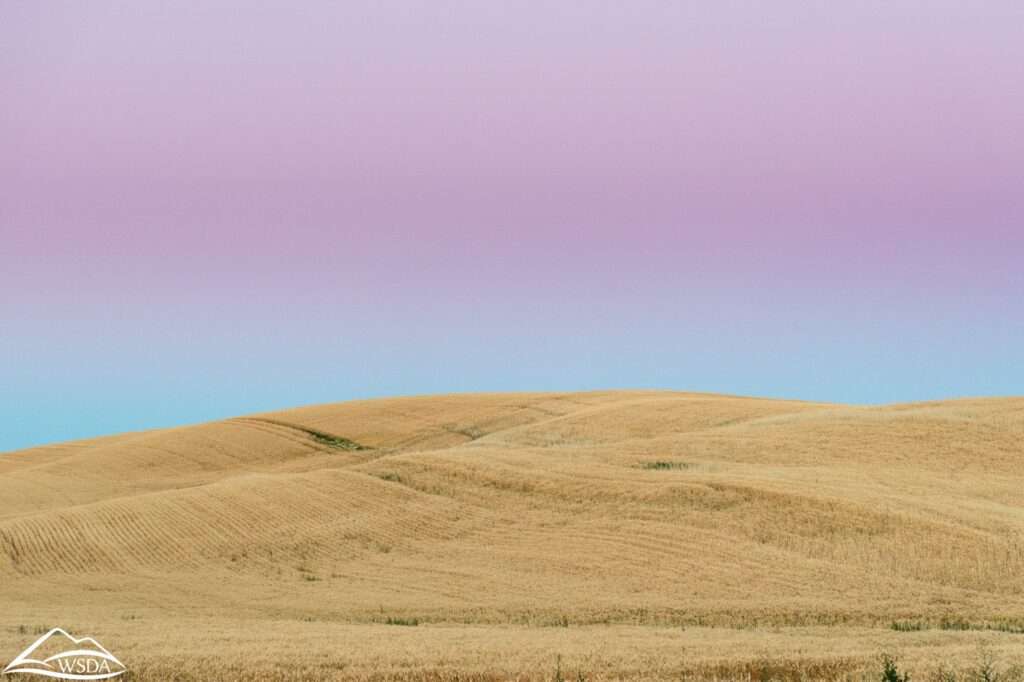
Inland Northwest farmers feed our nation — and the world. Generations of families have dry land farmed the rolling hills of the Palouse, and Washington continues to be one of the nation’s leading wheat-exporting states. Dry land winter wheat was a natural fit for the semi-arid climate and soils of the Palouse. By the 1930s, Inland Northwest wheat was big business, with ready markets in Asia, but suffered a competitive disadvantage having to move its crop overland to ports in Seattle and Portland by rail. Other wheat-producing regions could move more volume cheaply by barge. The mighty lower Snake and Columbia rivers right there in the front yard were still untamed—too treacherous yet for barge traffic.
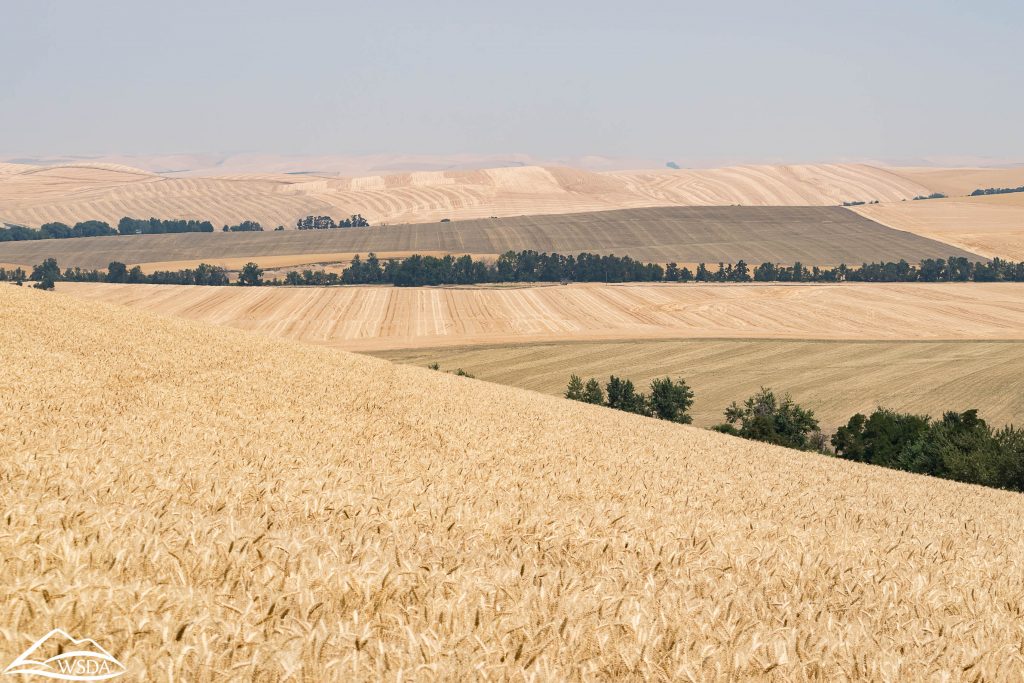
Between 1938 and 1975, river transportation arrived. A series of eight federal hydroelectric dams equipped with navigational locks—four on the mainstem Columbia and four on the lower Snake—created a 465-mile barging corridor and made Lewiston, Idaho, the furthest inland port on the West Coast of the United States. Millions of tons of Inland Northwest wheat still make the journey to port on barges every year.
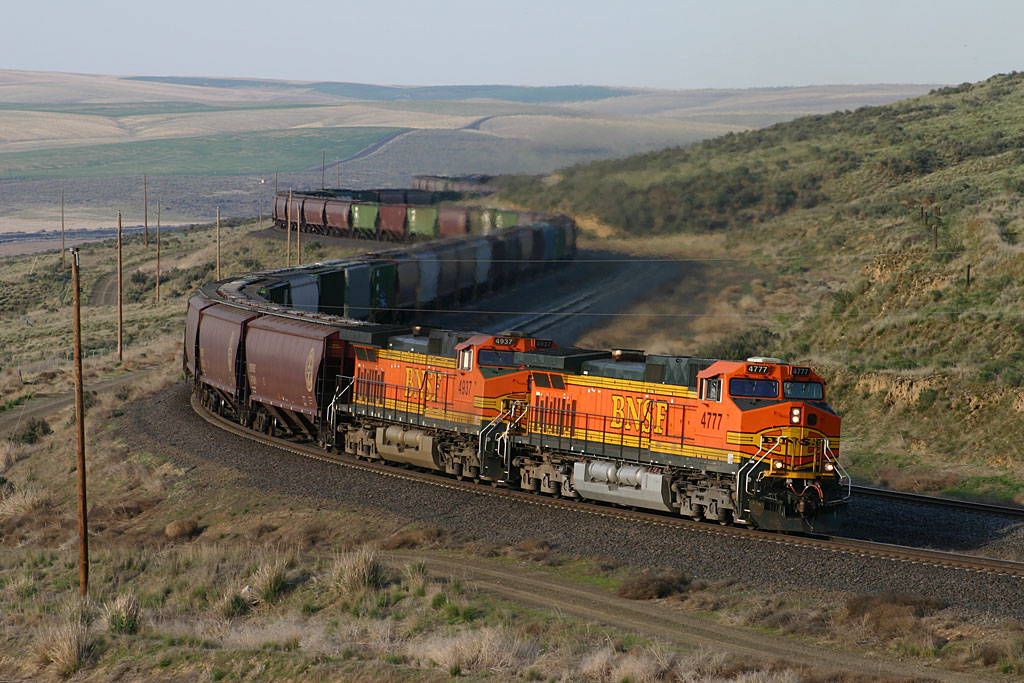
America’s bold bet on barging and hydropower on the Columbia and Snake—and the massive commitment to infrastructure and technology it required—changed the Northwest. We know now that along with the benefits came an enormous cost. Already declining salmon and steelhead runs in the Snake and Columbia—once the world’s greatest—nosedived when the four lower Snake dams came online in the 1970s. Northwest tribes lost ancestral homelands and the salmon our treaties agree they can catch, are being wiped out. Entire economies driven or supported by fishing suffered or dried up altogether.
The 20th century was when we tamed mighty rivers for transportation and energy. Our challenge for the 21st century is to repair this system so salmon, wildlife, and recreation on the lower Snake River can coexist with new energy technology and continued farming. This is a region that can tackle big challenges and achieve them.
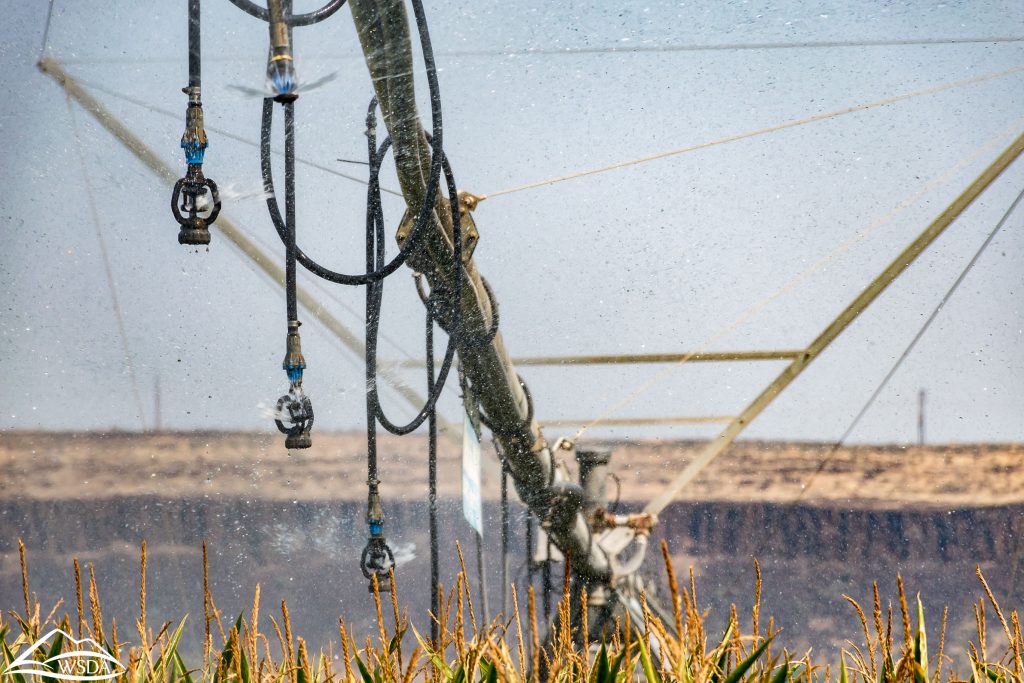
American Rivers supports major, job creating investments in transportation infrastructure, technology and efficiency that make moving soft white wheat and other crops and commodities from the Inland Northwest to market better, faster, and more reliable. Crops such as apples, alfalfa, grapes, onions, potatoes, and sugar beets are grown with irrigation water from the reservoir behind Ice Harbor Dam, the lowermost dam on the Snake River near Pacso, WA. Infrastructure upgrades that extend pipes to reach the new river level, add pumps, and deepen wells will allow irrigation to continue along the lower Snake River.
American Rivers envisions a free-flowing lower Snake River, a future of healthy, harvestable wild salmon and steelhead that honors commitments to Native American tribes, renewed fishing economies and vibrant agriculture that helps feed the world.
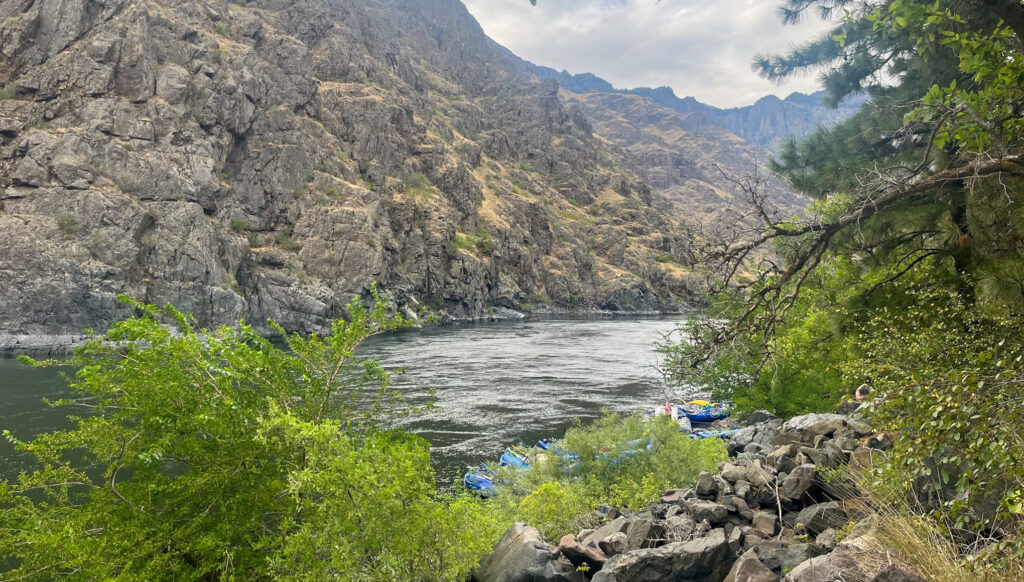
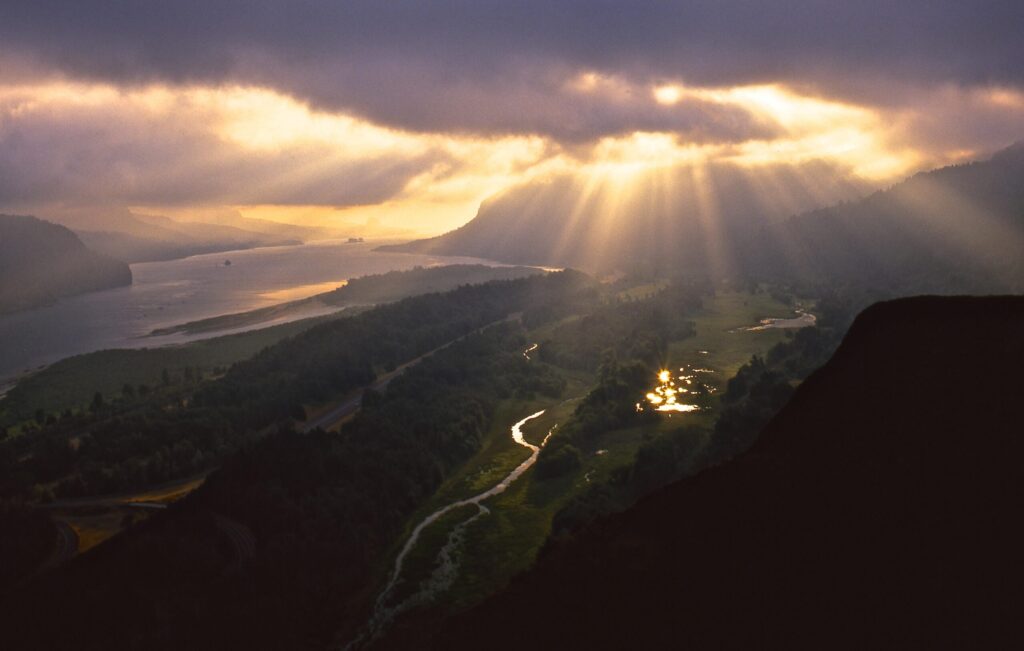
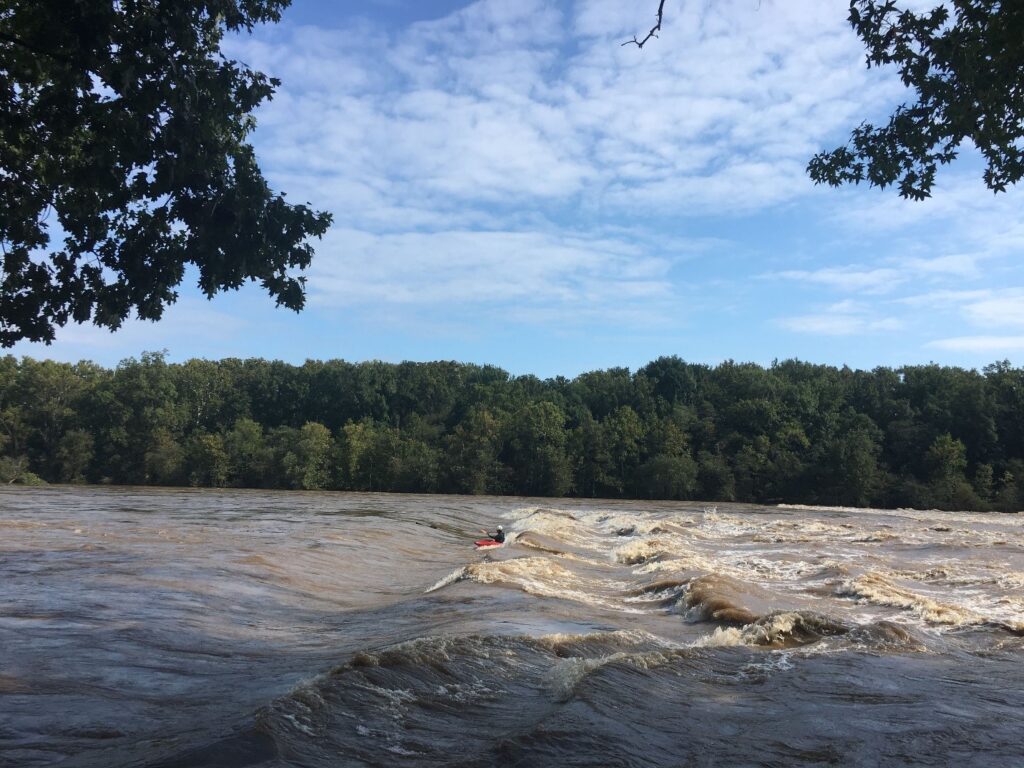
1 response to “Snake River Vision: Vibrant Agriculture”
Do you have an estimate for the cost of the subsidies for shipping grain on the Snake river along with the pertinent references?
Thanks